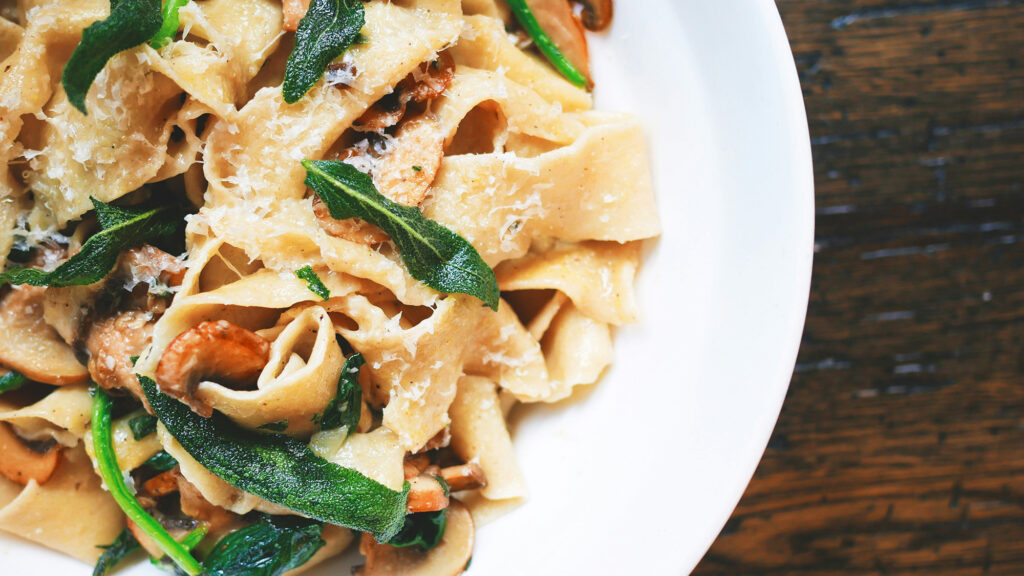Though cooked yellow corn has a low glycemic index, it is still classified as a simple carbohydrate. This means that it is absorbed more slowly and has a less significant impact on blood sugar levels. However, when whole maize is cooked, it loses its fibre structure and may be absorbed more quickly into the bloodstream, potentially leading to high blood sugar levels or hyperglycemia.
Stabilising your glucose levels while eating corn
• Try to portion control. You can start with 50g of corn.
• Consider adding a solid source of protein, fat and fibre to stabilise the curve with corn while planning your meal. For example, corn cob chicken salad
• Try to serve the kernels on their own with butter, olive oil and seasonings or added to soups, salads and vegetable dishes.
Corn is a nutrient-dense whole grain that can offer several benefits in optimising glucose levels. It is high in dietary fibre, which helps regulate blood sugar levels by slowing down digestion. Additionally, corn has a low glycemic index, which means it doesn’t cause a sharp spike in blood sugar levels after consumption. This can help maintain stable glucose levels and prevent sudden drops or spikes. Corn also contains specific phytochemicals that can reduce insulin absorption in the body. This can help regulate glucose levels and prevent sudden spikes and drops. The presence of starch in corn also delays the process of digestion, thus giving you more energy for the day.







